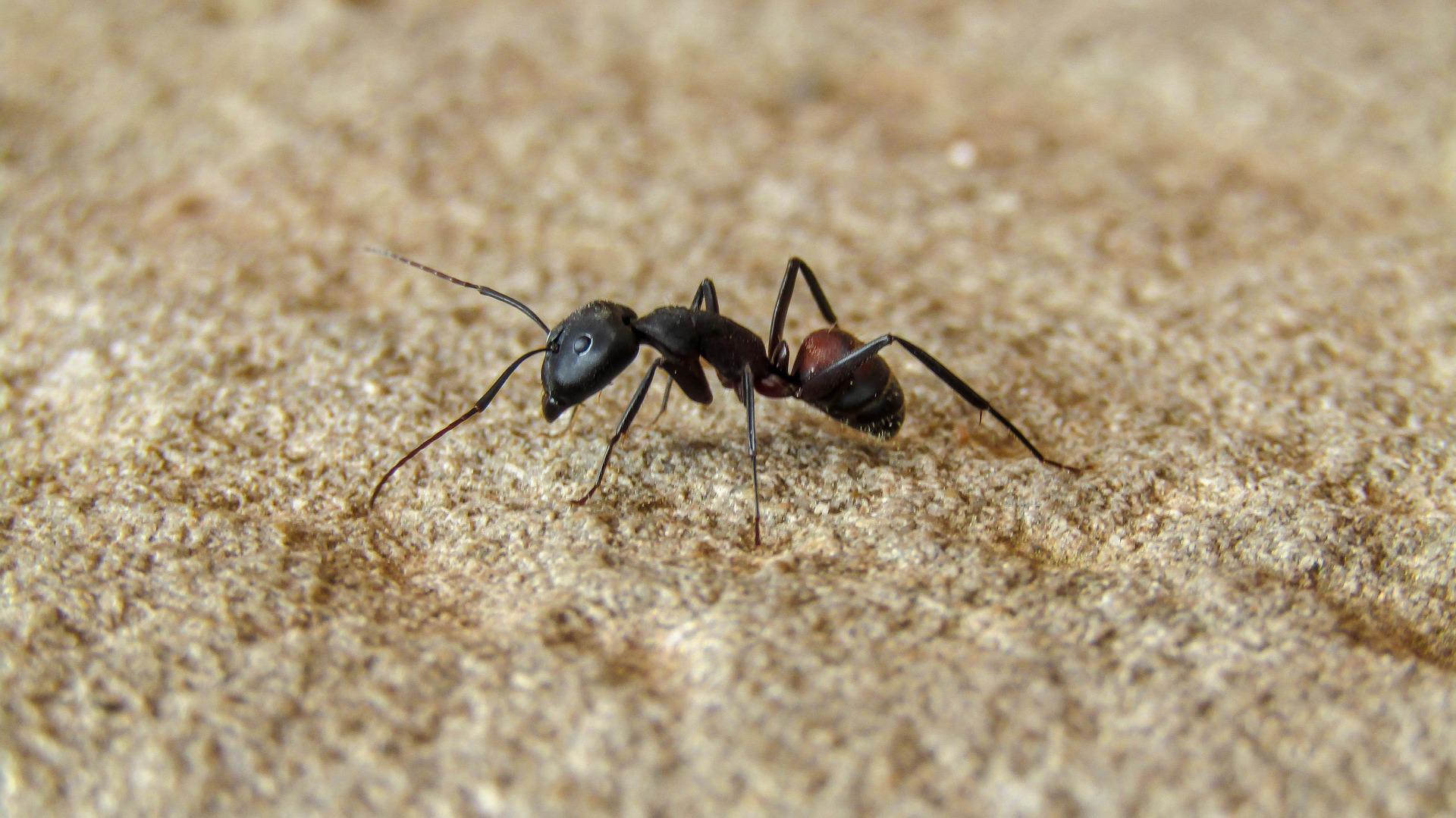 Health & Physiology
Health & Physiology
Using ants to sniff out cancer?
Has it ever crossed your mind that ants could detect cancer? A French team of scientists may have discovered a new non-invasive method for cancer screening using the ants’ sense of smell. Their ants could represent an alternative to other expensive and invasive detection methods like mammograms or MRIs in this major challenge for public health.

According to the WHO, cancer is the second leading cause of death worldwide. Efficient screening programs exist but detect only a select number of cancers and are invasive and expensive. What if a team of scientists told you they had found a new original method for early cancer diagnosis?
Baptiste Piqueret, from the Sorbonne Paris Nord University, and his team from the Institut Curie, the CNRS, and Inserm have discovered a way to detect cancer with a non-invasive, inexpensive, and efficient method: using ants and their sense of smell.
Cancerous cells produce volatile organic compounds (VOCs) that physicians use to diagnose cancer. In other words, cancer cells release a scent that differs from healthy ones, and the noses of some animals are sensitive enough to smell those VOCs – like dogs. Their highly developed sense of smell enables them to identify VOCs but training dogs is time consuming and expensive. Ants can smell just as well with their antennas, are easier to train, and it only takes them a few days to learn to recognise an odour.
For this study, Piqueret and his team used an ant specie found in the Northern hemisphere, Formica fusca. The researchers trained ants to associate the odour of a cell sample with a food reward (sugar water). Then, they had to distinguish between the learned scent and a new one without the reward to see if they had memorized the scent.
The ants – 132 in total – went through three experiments: the first one assessed the ants’ ability to detect the presence of cancerous cells based on the VOCs. In the second experiment, they had to discriminate cancerous cells from healthy ones and vice versa. Some ants were conditioned to recognise the healthy cells while others were conditioned to the cancerous ones. In the third experiment, the ants had to discriminate between two sub-types of the same cancer. The vast majority of the ants aced the tests with a percentage of success of 95% for each experiment! This proves that not only cancerous and healthy cells release different VOCs – meaning that they give out different smells – but even two types of the same cancer smell differently. The ants’ antennas display enough sensitivity to discriminate between all these types of cells.
Piqueret and his team established the first step to a non-invasive, inexpensive, and efficient method to diagnose cancer with ants. They proved that the species Formica fusca can detect and remember the odour of cancerous cells for a few days, meaning that experts could use them multiple times. Moreover, with a simple conditioning method, they were quick to learn to discriminate different odours of cancerous cells. They also proved that different cancers release different VOCs, which makes cancers unique scent wise.
This study is still in the beginning stages, and researchers only used one batch of Formica fusca. In order to confirm the results, they need to replicate the experiments with new Formica fusca ants. They also would like to test other ant species that they know can quickly and efficiently memorise odours. Moreover, they used simple cell odours and not a complete human organism: a human also releases other odours such as sweat, which could hinder the ants’ sense of smell to detect the VOCs. We are still a long way to using ants routinely. But if future studies confirm these findings, there is hope that these insects will become key workers at the hospital for cancer diagnosis.
Original Article:
Piqueret, B. et al. Ants detect cancer cells through volatile organic compounds. iScience 25, 103959 (2022). - https://doi.org/10.1016/j.isci.2022.103959Next read: Obesity: The heavyweight of cancer by Daniela Quail , Oakley Olson , Johanna Joyce
Edited by:
Dr. Margaux Héritier , Senior Scientific Editor
We thought you might like
Saving the injured: The value of rescued veterans in a predatory ant species
Sep 25, 2017 in Evolution & Behaviour | 3 min read by Erik FrankEmergent division of labor among clonal ants
Mar 11, 2019 in Evolution & Behaviour | 4 min read by Yuko Ulrich , Daniel J. C. Kronauer , Christopher K. TokitaHow the ancient ‘hell ant’ got its bizarre horn
Apr 20, 2021 in Evolution & Behaviour | 3 min read by Christine E. Sosiak , Phillip BardenOne run a day keeps the...cancer away!
May 5, 2016 in Health & Physiology | 3.5 min read by Per thor Straten , Manja IdornMore from Health & Physiology
Tobacco smoking and other exposures shut off cancer-fighting genes
Aug 31, 2024 in Health & Physiology | 3 min read by Jüri Reimand , Nina AdlerA hidden clock that times cytoplasmic divisions
Aug 30, 2024 in Health & Physiology | 3 min read by Cindy OwWhen two kinases go for a dance
Aug 2, 2024 in Health & Physiology | 4 min read by Ioannis Galdadas , Francesco Luigi Gervasio , Pauline JuyouxAwakening the thymus to cure SARS-CoV-2 infection: a matter of genes
Jul 27, 2024 in Health & Physiology | 3.5 min read by Stefano Marullo , Cheynier RemiKeeping the balance: How epigenetics monitors cancer genes
May 13, 2024 in Health & Physiology | 4 min read by Zach Gray , Madison Honer , Johnathan WhetstineEditor's picks
Trending now
Popular topics


